Does a MOSFET allow current flow in reverse direction (i.e.; from source to drain)?
I made a Google search, but couldn't find a clear statement about this matter. I have found this similar question, but it is about detecting current direction from the schematic symbol of a MOSFET. And under the same question, there is this answer which states that MOSFETs have no intrinsic polarity, thus they can conduct in both directions. However, that answer has no up/down votes or comments, so I can't make sure of it.
I need a clear answer on this. Does a MOSFET conduct in both directions?



